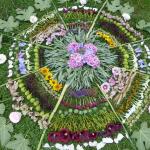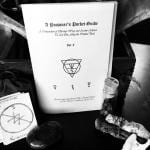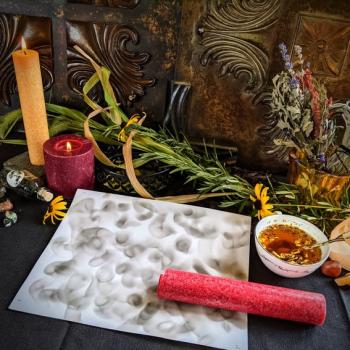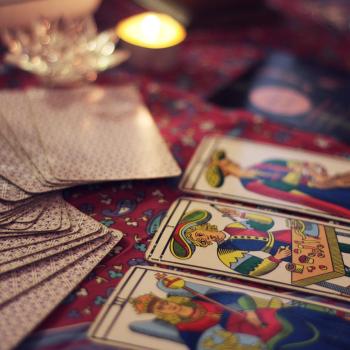Telepathic vs Linguistic Communication
As humans we often imagine how amazing it would be to communicate with one another mentally, using images and emotions to convey our thoughts. Perhaps it would help us to understand one another on a deeper level. Instead of just hearing the words of spoken language and taking them at face value, we would gain deeper insight into the underlying emotions attached to the ideas being expressed. Perhaps its would make communication faster and more efficient.
Instead of having to set the stage to prove a point or tell a story, the details could be communicated in one all encompassing sense of knowing, transmitted instantaneously. This would be amazing, and if it were the norm we would not be the creatures we are now. There would be no poetry and no great masters of the written word. The use of metaphor, meter, and other linguistic tools would never have developed, nor would the works of Shakespeare. If we could communicate with each other instantaneously, using language to paint a picture would be obsolete. Theatre would serve no purpose, as there would be no need to act anything out. There would be no reason for storytelling, as the entirety of it could be communicated in a flash of images and feelings. The sense of completion that we feel when finishing a book or a movie could be automatically conveyed and beginning, middle and end would be one and the same.
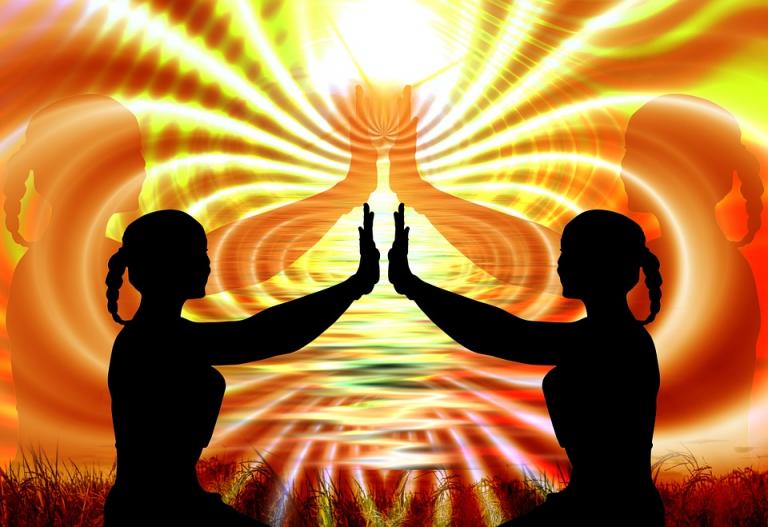 Pixabay
Pixabay
What would seem as an inefficient means of communication compared to telepathy is actually a complex and deeply layered way of connecting with another individual that would otherwise be lost if we communicated solely through our thoughts. Language holds they key to understanding the nuance, history and identity of the culture that speaks it. Its etymology is a trail of breadcrumbs that shows where a group of people comes from, the places they have been, and the other cultures that have come in contact with it. The idea that we have devised a way of conveying the abstract thoughts, emotions and ideas that arise within our psyches is, in my opinion, a much more amazing feat.
We all think in our native language, our dreams are narrated by the language we are most fluent in. The words that we hear before we are born begin to shape the way that we think, and as we grow and become more fluent our language and our thoughts become one and the same. Learning a new language is like learning a new way of thinking. It teaches us to arrange our thoughts in a different way, and allows us to relate to other individuals more intimately. The way things are described, the relationships between one word and another, and the alphabets used create within us new connections that enhance how we communicate in any language.
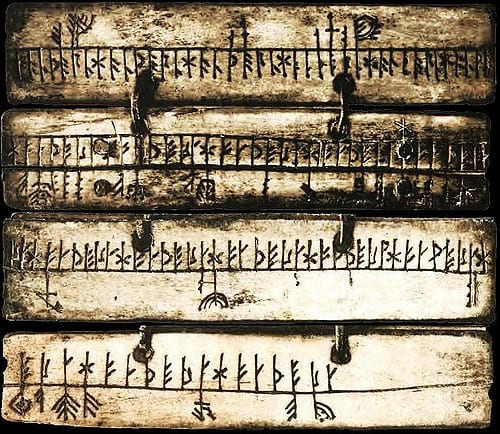 Sami Runic Calendar. Flickr
Sami Runic Calendar. Flickr
The Language of the All
I have always been intrigued by different languages. As a young boy I was enchanted by Ancient Egyptian hieroglyphics, seeing the beauty in their mystery and complexity. I would try and invent my own languages or codes, devising new symbols for the English alphabet. In school, I picked up new languages quickly, almost effortlessly. The first foreign language that I learned was Spanish. I also dabbled in German and Russian, but never gained any proficiency. I admired people that could speak multiple languages, switching from one to another. Being able to do so would open so many doors, allowing the individual to move from one place to another without being lost or feeling helpless. I was also interested in symbolism, learning where certain symbols came from and how they came to mean what they do.
As an occultist or student of world religions, you are really both a student of language and history. The two are interwoven and one cannot be understood without the other. Studying different philosophies and religious traditions naturally exposes you to different languages, and rich symbolic traditions. After studying a number of different traditions one begins to see similarities; certain concepts and symbols are repeated. While on the surface they are separated geographically and temporally, their symbolic languages convey many of the same ideas.
There are certain universal truths that are found in these traditions, similar rites of passage and human experience that are shared by us all. While different in language and myth, many of the world’s spiritual philosophies come to the same realizations independently. The principles of creation and destruction; the cycle of life, death and rebirth; the nature of the divine; human inspiration, illumination, and the afterlife can be found in all of the world’s spiritual pursuits. The realization that we all experience the Divine in similar ways, asking similar questions and coming to similar conclusions points to a universal guiding principle. This principle and its different manifestations are contained in the sacred languages of mankind, and the occult symbols that represent these qualities. By learning to understand and “read” these symbols we become more fluent in the language of “the All.”
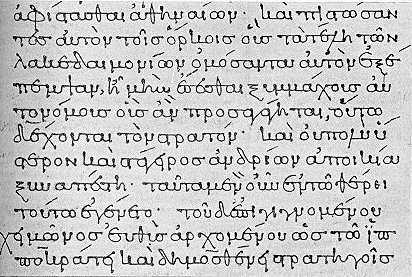 Greek Manuscript Wikipedia Common License.
Greek Manuscript Wikipedia Common License.
Magical Symbolism
The traditions of Western Occultism, Witchcraft and pagan religions are rich with symbols and images that make up pieces of this spiritual language. There is not one alphabet but many, not one culture but all cultures that contribute to the tongue of magical language. In magical practice, we are communicating with the spirit world or those divine forces that set our Universe into motions. When we cast spells or do rituals we are weaving the fabric of Fate, working with the very field of existence that holds our reality. The more symbols we can add to our vocabulary the more proficient we become at communicating with the forces that animate our world.
Looking to the oldest languages of Western Civilization we see that the written alphabets of Greek, Hebrew, and Latin; as well as the Germanic and Celtic languages of Europe are not just arbitrary symbols that represent different mouth sounds. They are repositories for esoteric lore. It is not by chance that the letters in these languages are also connected to numbers, which also share a complex relationship with one another. Each letter represents a different idea, and these ideas correspond to one another in varying ways depending on their combination. Words represent some of these combinations, representing more than the sum of their individual parts. Herein, lies the magic.
Various methods are available to creating meaningful combinations of these powerful symbolic associations that can be used to activate certain forces within ourselves and the wider Universe. Numerology, bind-runes, sigils and ideograms are some of the methods that may be employed to communicate complex concepts instantaneously with our psyche and the mind of “the All.” Magical circles, alchemical glyphs and astrological symbols combine to synthesize these concepts like a computer program that can be uploaded to perform a specific task. The beauty is in the many layers of meaning that these symbols contain. Their shape, sound and placement in relation to the rest of the alphabet shows that these are more than just symbols but conscious forces operating in the background at all times.
The more layers of symbolism we can place in our own magical symbols, the more powerful they become. The more complex their associations and the more profound their meaning, the better we are able to integrate them into our subconscious. It is within the subconscious, the void containing all potential that these forces manifest. It is here that we become like the Divine, using “the Word” to create.
Austin Osman Spare, was an adept at creating magical sigils, using his alphabet at desire he created beautiful symbolic works of art. Austin Osman Spare: An introduction to his psycho-magical philosophy
Decoding the Hidden Meanings of the Ancient Greek Alphabet

